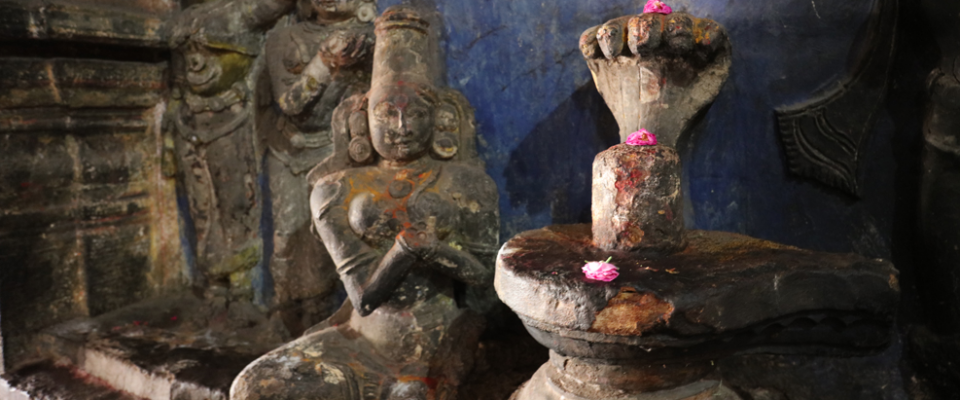Good evening, Here is to nourish your inner fire with this new Newsletter on just before Christmas. With good resolutions of firmness, stability and endurance taken for the new year, you will get going again to implement your Sādhana Om Shanti and good reading! Jean Claude Garnier
How a word ĀSANA brings a global reflection on yoga
Āsana आसन
Āsanam = meditation posture
The verb root ĀS– means: “sit down”
The suffix “ana” means: “doing”
Āsana literally means “the fact of sitting or sitting”
“It is this belief in a cosmic order, for which the role of art was to capture, to render visible the principles, that formed the basis of the establishment of the theory of all arts in ancient India.”
Alain Daniélou (Approche de l’hindouisme)
As Sri T. Krishnamacharya put it, yoga is India’s gift to the world. If one looks attentively, all the physical disciplines (gymnastics, aerobics, physical culture, dance, therapeutics of the body and the soul like psychoanalysis, etc.) borrowed something from this science, known for millennia in India. Yet classical Yoga is misunderstood and many false ideas circulate on this subject.
Yoga
For many Westerners, yoga is only hatha-yoga (Haṭhayoga हठयोग), in other words, physical exercises, postures or “āsana”.
Deepening yoga is not learning yet a new posture, nor practicing meditation for one more hour every day …
The aim is to broaden the field of consciousness by the yoga of knowledge: jnānayoga; the relational field through the yoga of adoration: Bhaktiyoga; the field of ecological action through the yoga of action: Karmayoga.
Yoga is not an esoteric mystical-smoky discipline perfumed with incense. Yoga is an exact science of the body in static and in movement based on knowledge of anatomy and physiology, prāṇāyāma is a science of respiration based on knowledge of fluid dynamics and circulation of nervous fluxes, these are extremely Cartesian sciences that have been observed and documented for millennia.
With globalization, yoga is diluted
Today Yoga is known all over the world, unfortunately it’s traditional context has been stripped off, also by many Indian masters to make it more accessible to Westerners (Desikachar, BKS Iyengar etc …). It has lost its substance, its authenticity …
Sri Tirumalai Krishnamacharya studied a little more than 3000 Yoga postures taught by his master Ramamohan Brahmachari in a cave near Manas Sarovar in Tibet. In his book “Light on Yoga”, BKS Iyengar describes only 602 postures; Sri K Pattabhi Jois taught almost as many if the six series are practiced… The Yoga Bikram consists of 26 postures, André van Lysebeth in his series called “Rishikesh” taught only 12 basic postures … It is obvious that Yoga has diluted …
The definition of Yoga :
The word “Yoga” comes from the Sanskrit root “Yug”, which means to link, to unite or to direct and concentrate one’s attention. It is thus a practice that gradually leads the practitioner to integrate into the most material body (the coarse body) the different internal bodies or subtle bodies, thus reaching the soul. For this, we use postures (āsana), respiratory techniques (prāṇāyāma), concentration (dhāraṇā), inner listening (pratyāhāra) and meditation (dhyāna).
Yogasūtrāṇi
Patañjali, in his book on Rāja Yoga, the Yogasūtra (196 sūtra) describes the principles and techniques of psychophysical reintegration, it is a manual explaining clearly how to practice, how to go from the alpha point to the omega point. It is a kind of mapping, a “GPS” on the way to Samādhi.
Patañjali, in the 196 aphorisms, uses only three times the word “āsana” … he does not speak of “posture” of the dog, the cat, nor the pig nor the raven perched on its tree …, he speaks of righteousness, of being well adjusted to one’s plate, to one’s physical and mental balance, he is therefore talking about searching for the right balance and inner mental attitude in the many possibilities of the field of consciousness
The Yogasūtrāṇi are composed of four chapters
- Samādhi-Pāda (समाधि)
- Sādhana pāda साधन
- Vibhūti pāda विभूतिपाद
- Kaivalya pāda कैवल्य
In the first chapter of Samādhi-Pāda (धाधि), Patañjali describes Yoga and the means to achieve this goal: it is not about being well with oneself, but about BEING. This quest for Unity, which passes through the Unity with one’s Self, then with the Absolute, with the Universe…
In the second chapter, the Sādhana pāda, Patañjali describes the spiritual practice, the purification of the body and the mind by the practice of kriyā yoga, that is purification through self-analysis and development of awareness of self; and aṣṭāṅgayoga, the eight parts of Yoga.
YS 2.29 (Sādhana pāda, chapter of spiritual practice), in this sūtra, Patañjali describes the path to reach the samādhi:
Yama-niyam-āsana-prāṇāyāma-pratyāhāra-dhāraṇā-dhyāna-samādhayo’aṣṭāvaṅgāni
The practice of postures or āsana(s) constitutes the third, of the eight stages of yoga. The postures put an end to the bodily agitation and bring together the scattered energies. They are intended to remedy the weaknesses of the body and to improve the metabolic system and thus the overall health. The awakening of consciousness leads to the awakening of sensory, emotional intelligence and to the light of the soul.
After speaking of the yama and niyama (YS 2.30-2.45), Patañjali approaches posture and prāṇāyāma. This sūtra contains only 3 words but it reveals to us the essence of the postures of yoga.
YS 2.46 (Sādhana pāda, chapter of spiritual practice)
Sthira sukham āsanam
It can be translated by: The posture (āsana) must be stable and immobile, as well as comfortable.

Om Shanti,
JC Garnier
